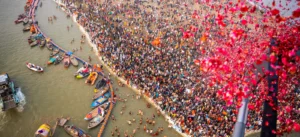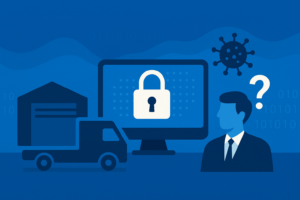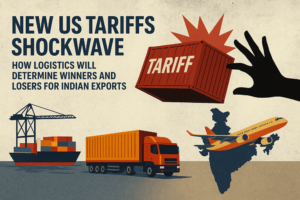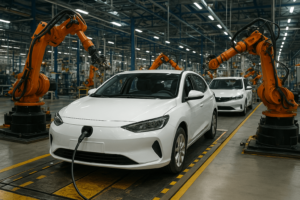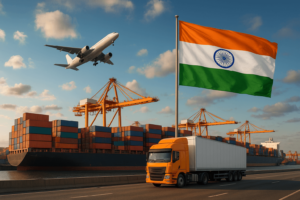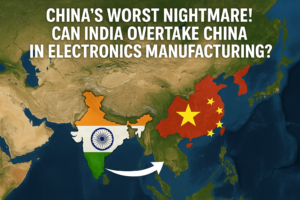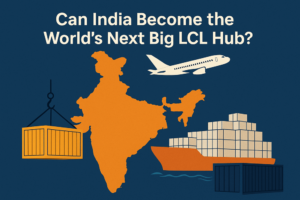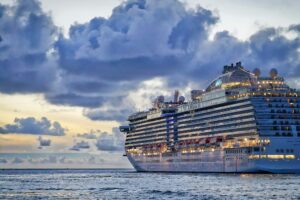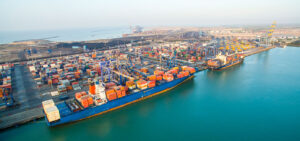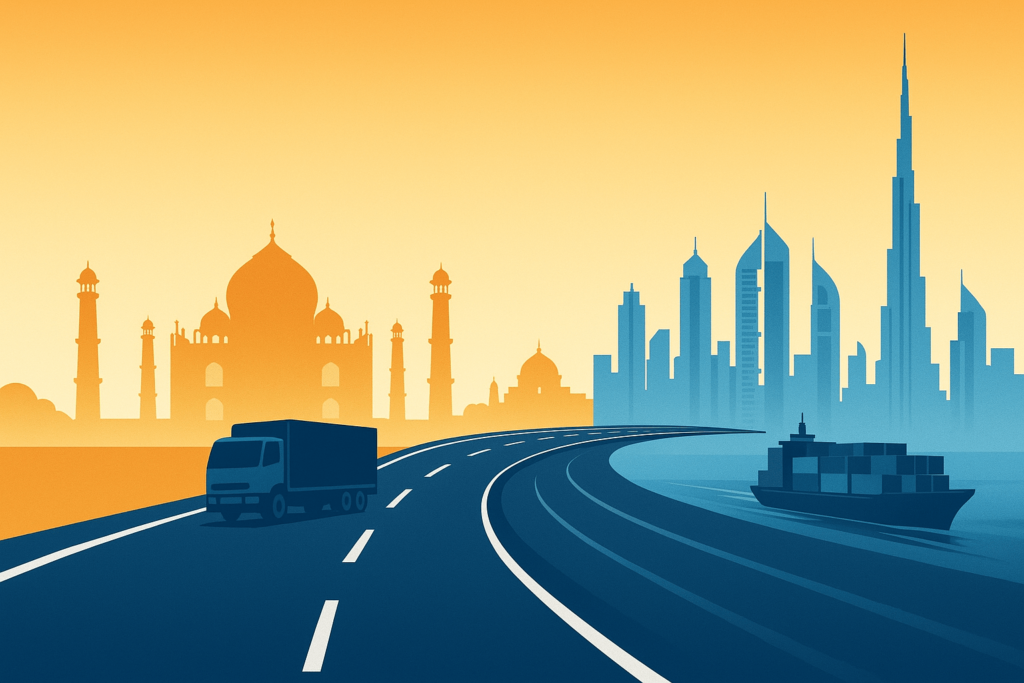
Discover How the India-Dubai Trade Superhighway is Transforming International Trade and Logistics
Imagine shipping your products from Mumbai to Dubai’s Jebel Ali port with lightning-fast customs clearance—no delays, no mountains of paperwork, just seamless integration between two of the world’s busiest trading hubs. This is the promise of the India-Dubai Trade Superhighway, a cutting-edge trade corridor that is reshaping the future of global commerce.
In this blog, we explore how this innovative corridor is boosting trade between India and the UAE, leveraging digital technologies, and setting a new standard for logistics efficiency worldwide.
What is the India-Dubai Trade Superhighway?
The India-Dubai Trade Superhighway is a digitally integrated trade corridor connecting major Indian ports such as Mundra and Nhava Sheva with Dubai’s world-class Jebel Ali port. It is more than just a physical shipping route; it is a seamless, end-to-end digital ecosystem designed to simplify customs clearance, cargo tracking, and trade financing.
This corridor aims to eliminate traditional barriers in cross-border trade by introducing:
- Blockchain-based secure trade data management
- AI-powered real-time cargo tracking
- Digital customs clearance with paperless transactions
- Faster, integrated trade financing solutions
Why the India-Dubai Corridor Matters for Global Trade
Since the implementation of the India-UAE Comprehensive Economic Partnership Agreement (CEPA) in May 2022, bilateral trade between the two nations has surged dramatically—from $43 billion in 2020-21 to over $83 billion in 2023-24. The UAE has become India’s third-largest trading partner, with the India-Dubai corridor playing a pivotal role in this growth.
Key benefits include:
- Reduced Customs Clearance Time: The Virtual Trade Corridor integrates India’s Customs Single Window with Dubai Customs for near-instantaneous data exchange, reducing clearance times from days to just hours.
- Cost Efficiency: Digital processes cut down handling costs and reduce delays, benefiting exporters of electronics, auto parts, perishables, FMCG, and more.
- Expanded Market Access: India’s ports are increasingly positioned as transshipment hubs for Gulf countries and Africa, opening new trade opportunities.
How Digital Innovation is Driving the Corridor
At the heart of this trade superhighway is a suite of digital technologies designed to enhance transparency, speed, and security:
- Blockchain Technology: Ensures tamper-proof and secure exchange of trade documents and customs data.
- AI and IoT: Track cargo movements in real time, enabling businesses to manage supply chains proactively.
- Integrated Digital Platforms: Link various stakeholders such as customs authorities, shipping lines, freight forwarders, and financial institutions on one platform for smooth operations.
- Virtual Trade Corridor: A milestone initiative that connects Indian and Dubai customs in a paperless digital environment, dramatically improving clearance efficiency.
Challenges and Opportunities Ahead
While the corridor offers remarkable advantages, certain challenges remain:
- Data Security Concerns: Secure management of sensitive trade data across borders requires robust cybersecurity.
- Technological Integration: Synchronizing diverse IT systems like India’s ICEGATE and Dubai Customs requires ongoing coordination.
- Resistance to Change: Some traditional intermediaries may be reluctant to adopt new digital methods, impacting smooth transition.
Despite these challenges, the corridor represents a tremendous opportunity for businesses to modernize and scale efficiently.
How Exporters Can Leverage the India-Dubai Trade Corridor
To capitalize on this transformative trade route, exporters should:
- Understand New Digital Compliance Requirements: Stay updated on certification and documentation for seamless customs clearance.
- Partner with Tech-Savvy Logistics Providers: Collaborate with forward-looking freight forwarders and technology platforms.
- Utilize Digital Trade Financing: Explore financing avenues integrated within the corridor’s ecosystem.
- Monitor Real-Time Shipments: Use AI-powered tools for better inventory planning and customer satisfaction.
The Future of Logistics: Faster, Smarter, and More Resilient
The India-Dubai Trade Superhighway is not just a logistics innovation—it’s a global template for the future of international trade. By combining strategic partnerships, cutting-edge technology, and digital integration, India and the UAE are paving the way for a faster, more secure, and more efficient trade ecosystem.
Are you ready to transform your business with the India-Dubai trade corridor?
Share your thoughts on how this superhighway could impact your industry in the comments below.
If you found this blog insightful, please like and share to spread the word about the future of global commerce!

